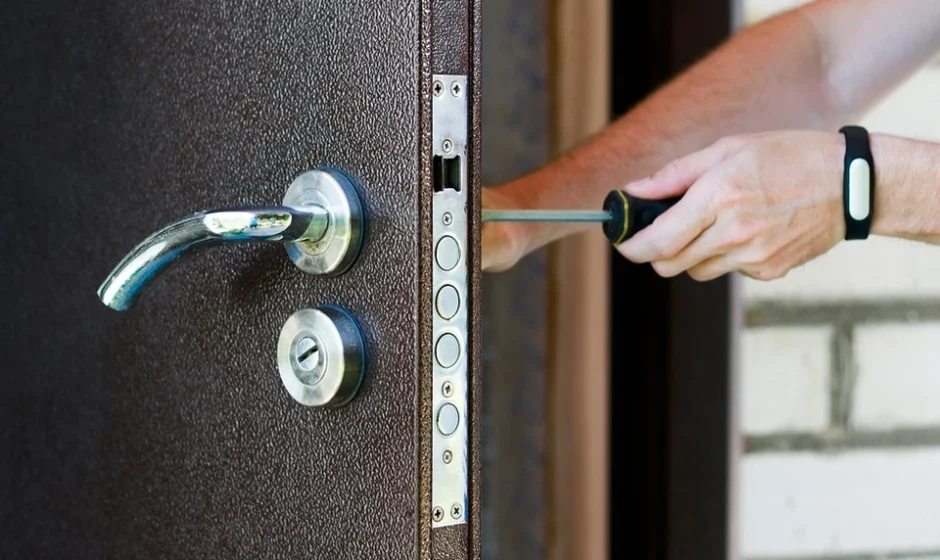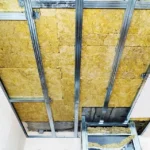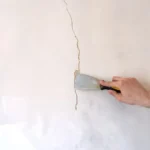The door to an apartment or house protects against cold, noise, and the entry of uninvited guests. That’s why it’s so important to take a responsible approach to choosing it—in this article, we’ll help you figure out what types of doors and types of fittings are optimal in different cases.
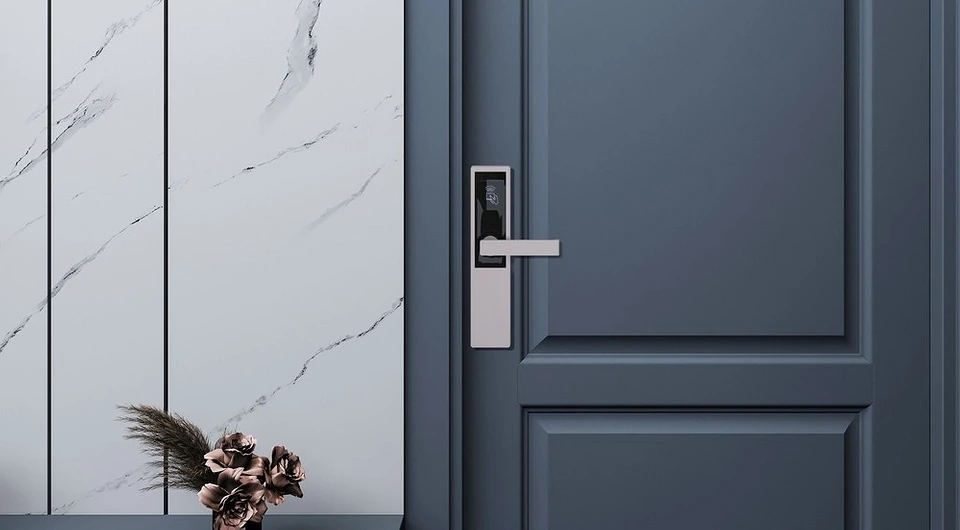
The front door is where your home begins. Guests immediately see it, and it also protects you from noise, cold, and intrusion. From the inside, it affects the interior of the hallway. It doesn’t matter whether you live in an apartment building or a private house, in any case, you need to pay a lot of attention to choosing a door. Which material to choose? Which fittings should I choose? Which entrance doors are best for an apartment and which for a house? We answer all questions in the article.
Types of entrance doors to an apartment or house
When it comes to the type of entrance door, we mainly mean metal structures. That is, the inner part of the canvas is made of metal. Only this option will provide reliable protection for your home. For external finishing, various methods are used.
Inner material
The metal frame can be made of two materials:
- Steel. Steel models are in great demand – they are stronger and more reliable. Because of this, the price is higher, although it can vary greatly depending on the thickness of the metal sheet. Noise and heat insulation of steel structures is also better.
- Aluminum. This option is cheaper but less durable. To strengthen the aluminum sheet, you will have to think about additional structures. But such a door is not susceptible to rust and other similar influences, which improves its durability. Aluminum is a lightweight and easy-to-work metal, making it easy to implement any design ideas.
Exterior finishing
The surface of a steel door on both sides can be finished in different ways. Some materials covering the door leaf not only make it beautiful and stylish but also affect its practicality and functionality. Let’s study the options and specific cases when you should choose them.
- Plastic. Cladding with PVC panels is a good, average-price solution. This coating is impact-resistant and wear-resistant. At the same time, aesthetics do not suffer either: plastic makes it possible to create any design, so the range is wide. It is easy to care for PVC coating; it does not require any special means or actions.
- From MDF. Panels made from fine chipboards are an option that is not inferior in technical characteristics to plastic, and perhaps even superior to it. MDF is environmentally friendly, pleasant to the touch, beautiful (can be milled or inserted), impact-resistant, and durable. Such a door is difficult to damage or scratch. At the same time, it is worth finishing with a fine fraction only on the inside if you choose a design for a private house or cottage – atmospheric phenomena can have a negative impact. In an apartment building, MDF can be used on both sides. The thickness range of these panels is 7-20 mm, and the larger it is, the better the sound insulation.
- Wooden. The most environmentally friendly solution, which, of course, captivates with its aesthetics – natural wood always looks advantageous and solid. However, these products are expensive, especially if you want to have them custom-made. In addition, wood finishing should not be used on the outside – in the apartment either (the temperature difference in the entrance will also be enough for possible deformation). From the inside, wood will undoubtedly improve the interior of the hallway and the entire apartment, but maintenance will be a little more difficult.
- Dye. A steel product coated with paint and varnish on top will not surprise you with its wear-resistant qualities. This is a compromise option and is not often found in stores. But its main advantage is its low price. And if the surface is damaged, you can repair it yourself, you just need to choose the right paint.
- Powder coating. One of the most popular types of finishing. It is close in meaning to the previous version, but thanks to special dyes and technologies it is more reliable and durable. Polymer paint is applied to the surface, forming a roughness – its degree varies, and you can choose the one that is optimal for you. Such models perfectly withstand temperature fluctuations, frequent opening and closing, accidental impacts, and bumps. Entrance doors with such coating have an adequate price. If you don’t know which entrance door is best for an apartment, then in terms of price-quality ratio, powder-coated models can claim this title.
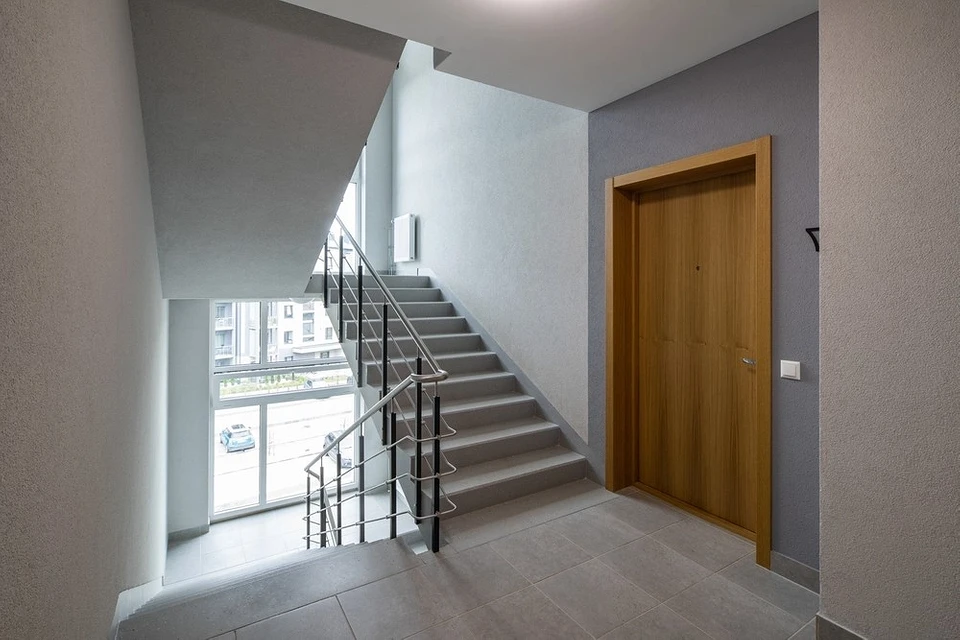
What to look for when purchasing
The material of the internal part and external covering is an important, but not the only factor influencing the choice of entrance structure. In this section, we will consider other significant criteria.
Sheet thickness
The metal sheets used for manufacturing have different thicknesses. The thicker the sheet, the stronger and more reliable the door. However, everything is not so simple: greater thickness has its drawbacks. For example, the product will weigh impressively, which means there is a risk of sagging. The price of the canvas will increase significantly, installation will become more complicated, and reinforced hinges will be needed. Therefore, you need to choose the “golden mean”.
In order not to make a mistake with the thickness of the metal, first of all, focus on the installation location.
- Less than 1.2 mm is sufficient for entering utility rooms or basements.
- 1.2-3 mm is the optimal metal thickness for entering an apartment.
- 4 mm – for a metal layer in a private house.
- More than 4 mm will be needed for installation in particularly protected structures in places with valuables, etc.
Most often, doors are purchased for apartments located in houses with entrances. In such cases, manufacturers recommend taking a thickness of 2 mm as the standard. This is enough for safety, but the design will not be extremely heavy, expensive, or inconvenient.
Depending on the thickness of the metal and some other factors, doors are divided into 4 groups according to safety class. There are 13 such classes in total, but in the field of entrances to apartments or houses, only the first four are operated.
- Class 1 – the simplest model that can be hacked in half an hour. Thin door leaf, no metal layer at all.
- Class 2 – sheet of small thickness. Security is better, hacking will take longer, but it is possible.
- Class 3 – this class includes a metal thickness of about 2 mm, an average level.
- Class 4 – goods with a steel layer of 3-4 mm. Enhanced security, suitable for private homes.

Stiffening rib
Behind the unusual name is an important design feature. Stiffening ribs are metal strips, which, in fact, are the basis of the canvas. They are responsible for its strength. On both sides, sheets of metal are welded to the slats, the thickness of which we discussed in the previous section.
The planks come in the shape of the letters P or Z. They are located vertically relative to the canvas, but some manufacturers also reinforce them with horizontally located elements. The minimum number of stiffeners is 4. With them, the products will be resistant to burglary and other impacts. The more ribs, the better the stability.
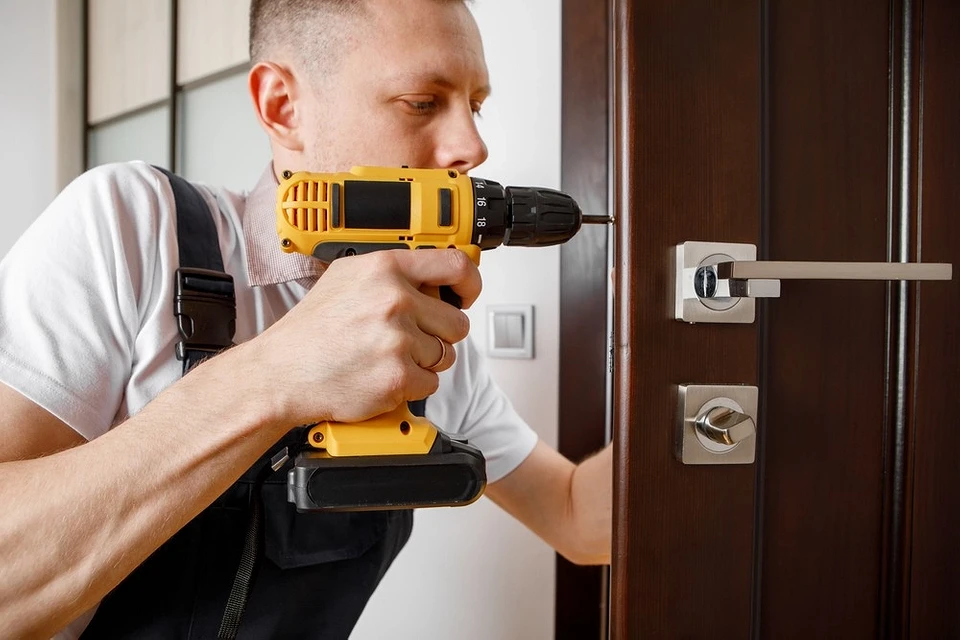
Insulation and seals
Read more: Seven types of insulation for the home: which one to choose and why
How to choose a metal entrance door to an apartment so as not to hear noise in the entrance or on the street and not let heat out of the room? After all, impact resistance and safety alone are not enough. So that you can competently approach this issue, we will consider the most common insulators. These filler materials fill the voids between the stiffeners.
- Polyurethane foam. An excellent way to insulate a door leaf. It lasts a long time and is not sensitive to moisture or temperature changes. Provides good sound insulation. This insulator can be found in more expensive models.
- Mineral wool. Inexpensive, environmentally friendly, and therefore a common method of insulation. It is also popular due to its good protection from cold and noise from outside. If mineral wool is used, the canvas must be sealed – the filler itself is not moisture-resistant.
- Mineral plate. It differs from its competitor with a similar name: more durable, but also more expensive. This filler is obtained from rock alloys, and due to it the structure can have enhanced sound insulation. Relevant for private houses or those with noisy neighbors on the floor.
- Styrofoam. With its help, you will be able to protect yourself from excess noise from outside and retain heat inside the room. It lasts a long time. However the material is flammable and flammable, and during combustion, it releases toxic substances. Of course, this imposes restrictions on the cases in which such a door can be chosen. The price is average.
- Foampropylene and polystyrene foam. A couple more not very expensive materials that can protect an apartment or house well from the penetration of cold air or noise. Lightweight and durable.
- Corrugated cardboard. The cheapest material for filling the space inside the leaf, therefore it is used only in budget door lines. The material is not able to protect either from low temperatures or from extraneous sounds.
In addition to insulating materials, it is also worth considering the presence of a seal.
- Rubber. Suitable for any door, reliable, and seals well.
- Magnetic. They provide additional fixation and will not allow odors or drafts to penetrate.
- Foam rubber. Such seals do not last long, and, most likely, sooner or later they will have to be replaced. Now manufacturers are abandoning this method, but these models can still be found in stores.
A high-quality seal seals sufficiently, even if laid in one circuit. However, if you want to play it safe, you can pay attention to products with two or even three circuits. But this will affect the price.
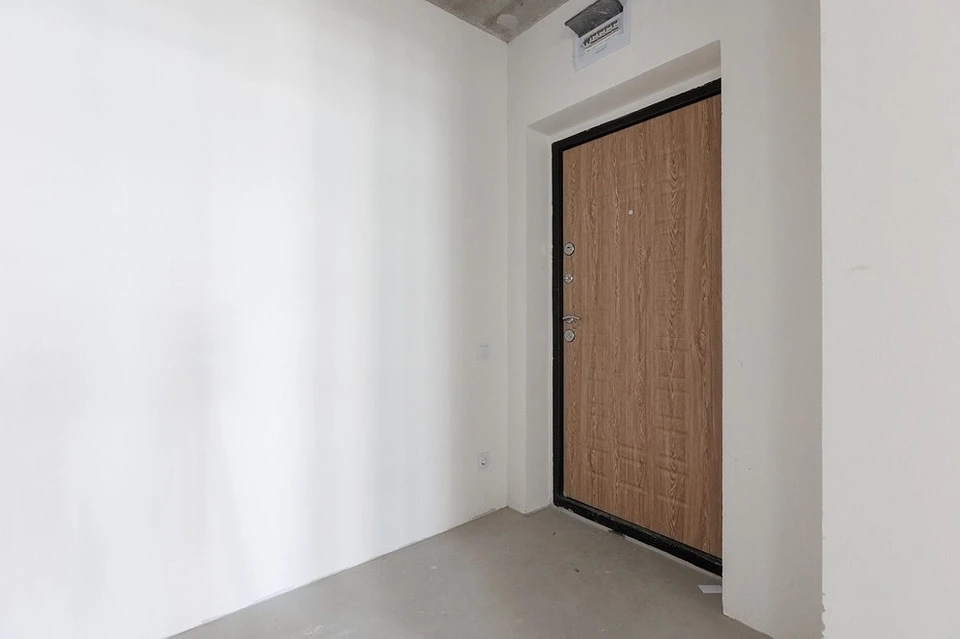
Loops
Door hinges are not something that immediately catches your eye in a store. But in vain – high-quality hinges determine the comfort of use, as well as reliability and safety.
There are left-handed, right-handed, and universal. Although the first two types are much easier to install and maintain, the latter are more reliable and will last longer. The hinges, which can open in any direction, have bearings between the cylinders. They increase the service life of the structure. The entrance door is often installed for a long time, so it is better not to skimp on fittings and immediately install the one that will last longer and better. But if your goal is to fit into a minimal budget, unidirectional loops are also a good solution.
A much more important point is the installation method:
- Screw-in. Not a bad option. Can only be used with products weighing no more than 100 kg. They won’t be able to bear a lot of weight. That is, the screw-in type is more common in light, inexpensive models.
- Mortise and overhead. The same applies to open loops. Mounted with anchors or self-tapping screws. An inexpensive and easy-to-use option, but with a significant drawback – it does not provide absolute safety.
- Hidden. The name says it all – these hinges are not visible from the outside, because their mechanism is built into the door frame. Hidden hinges have many advantages: the same ease of maintenance, invisibility, and low probability of hacking. This is the best option, although a little more expensive than the previous ones. Small disadvantages are also worth considering: the need for periodic adjustment, opening only at right angles, and weight restrictions – the door should not be heavier than 200 kg. The latter is hardly a problem, since there are a huge number of decent products in this range.
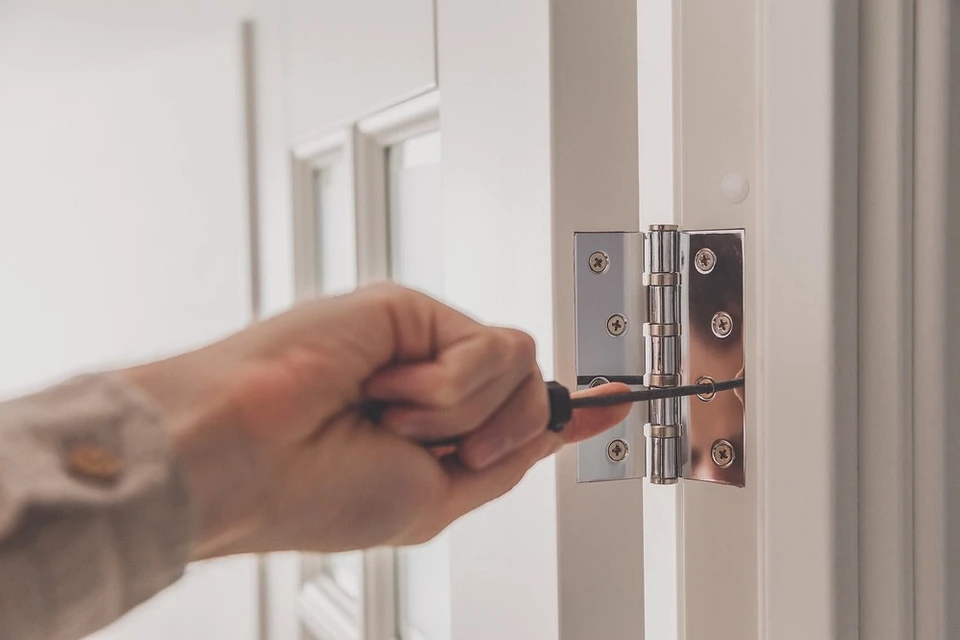
Lock
The next aspect responsible for the resistance of the front door to burglary is the lock mechanism. Before purchasing, you should understand the features of each variety.
Level
This mechanism is very reliable and has stood the test of time. Most likely, no one will be able to knock out or drill out such a lock. The bolts (round sticks that screw in when the key is moved) adhere well to the door frame, and three of them are needed for good protection. Four or more are optional in apartments, but if you have a private home or want maximum protection, you can choose a lock with a larger number.
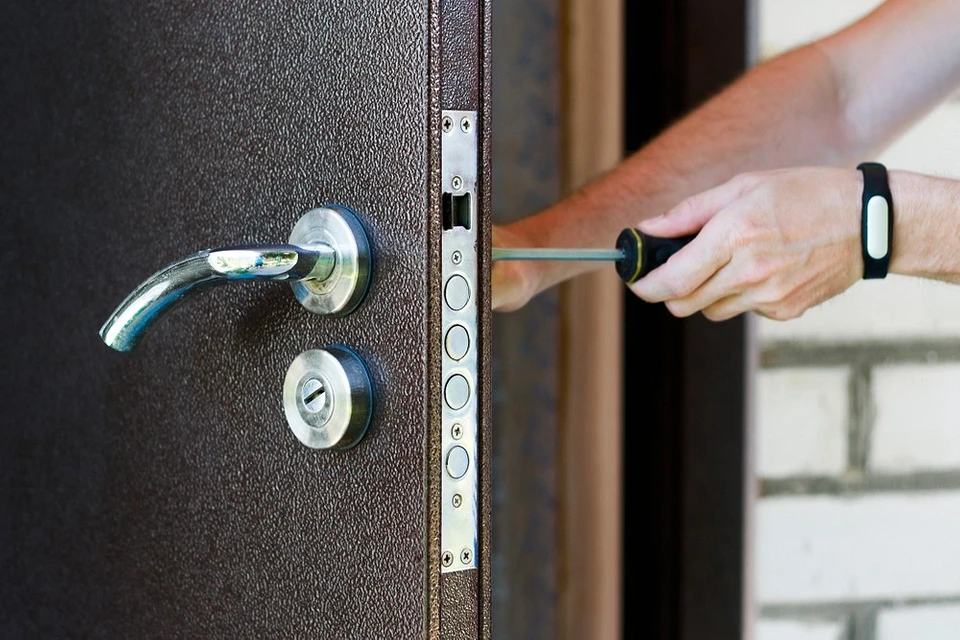
Cylindrical
The presence of a lever lock is mandatory on any entrance door but does not exclude the use of an additional mechanism. Cylinder locks are used precisely for this role. Inside them is a mechanism with a certain number of cylinders located at different levels. Such a lock is more difficult to pick, but it is possible to knock it out. To reduce the likelihood of the latter, armored pads are used.
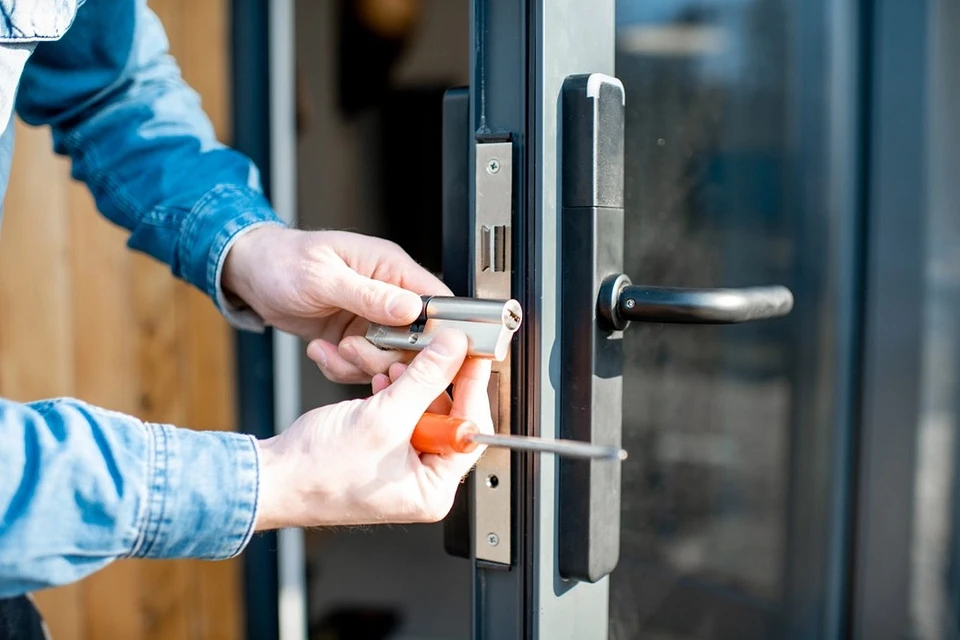
Latch locks
On the canvas, such a castle will only be visible from the side of the apartment or house. It never works on its own but is convenient as an additional accessory. It is easy and quick to latch it when everyone is at home and there is no one to open it with a key from outside.
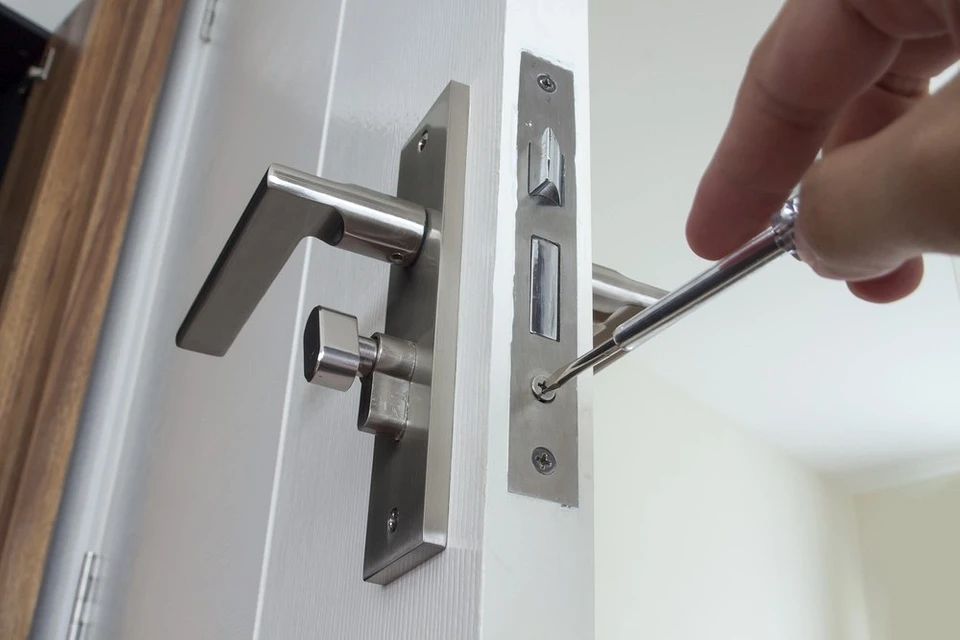
Electronic
Technology doesn’t stand still, and some buyers are abandoning traditional locking mechanisms in favor of smart capabilities. For example, smart locks that open using a fingerprint have become widespread – non-residents of the apartment will not be able to open it. They are also called biometric locks. Login using a card, which is placed on a special panel, is also popular, but this option is more suitable for hotels and offices. The downside of electronic locks is that they only work when there is electricity.
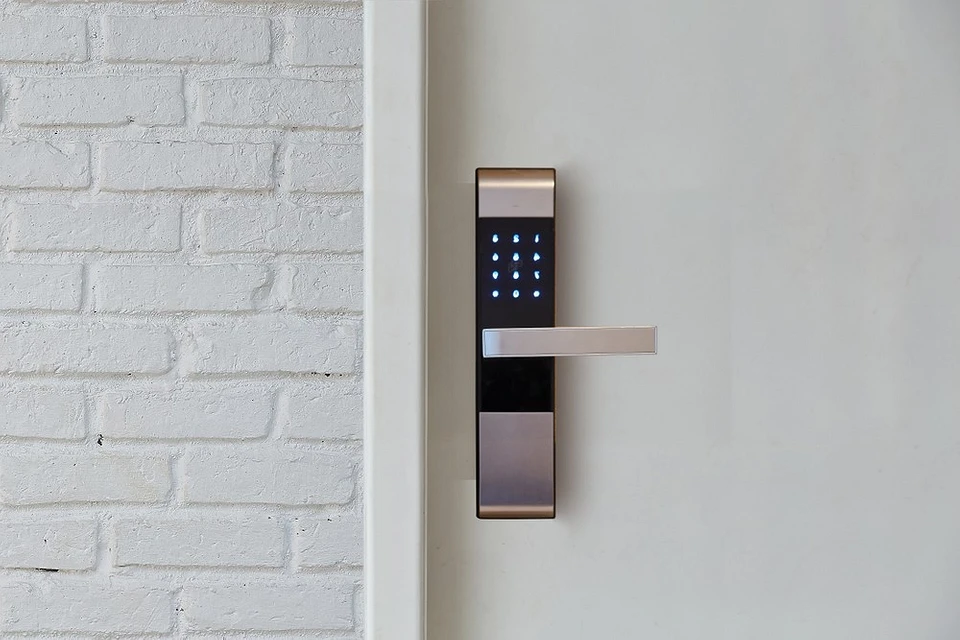
General tips on how to choose an entrance door
- Don’t chase after everything that’s best. For example, the heaviest model is not necessarily the most reliable. It is difficult to transport and install and may sag over time. Based on the installation location and the surrounding environment, determine the optimal set of characteristics.
- Maintain a balance between technical properties and appearance. Skewing in either direction can fail: a simply beautiful door can be easily broken into, while a fancy door that fits into the design of the hallway will ruin the interior.
- Contact trusted manufacturers who provide the maximum guarantee on both the door leaf and fittings.
- Don’t skimp on the type of insulation materials. Constant noise from the entrance or the street, foreign odors, and drafts are not what you want from the front door.

